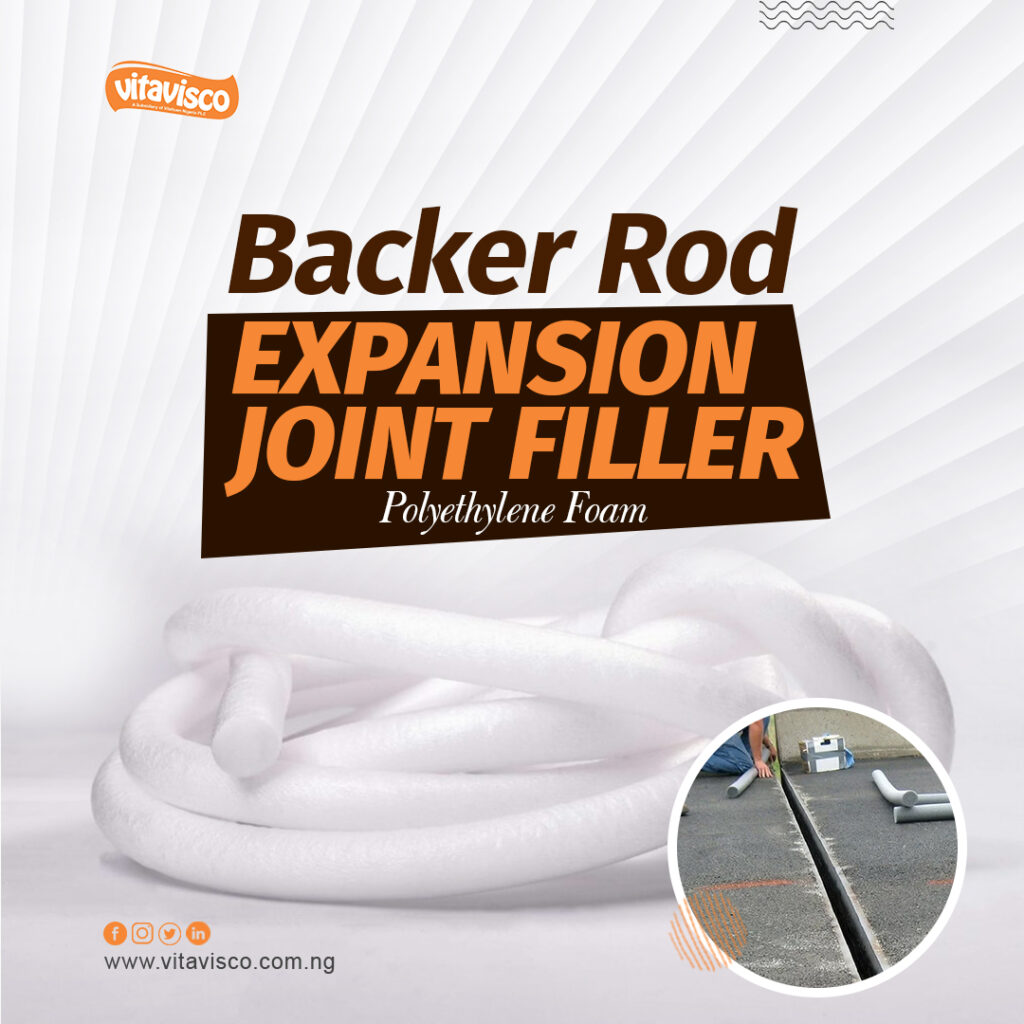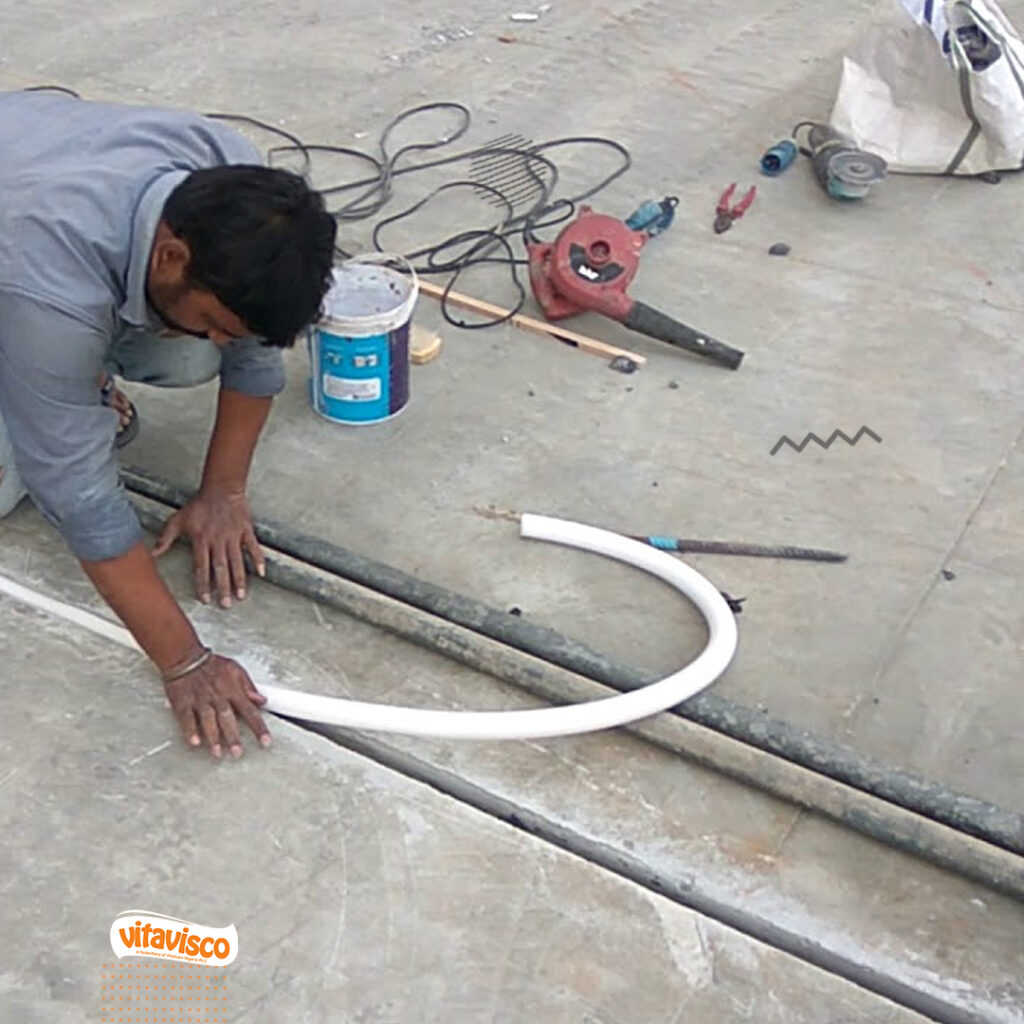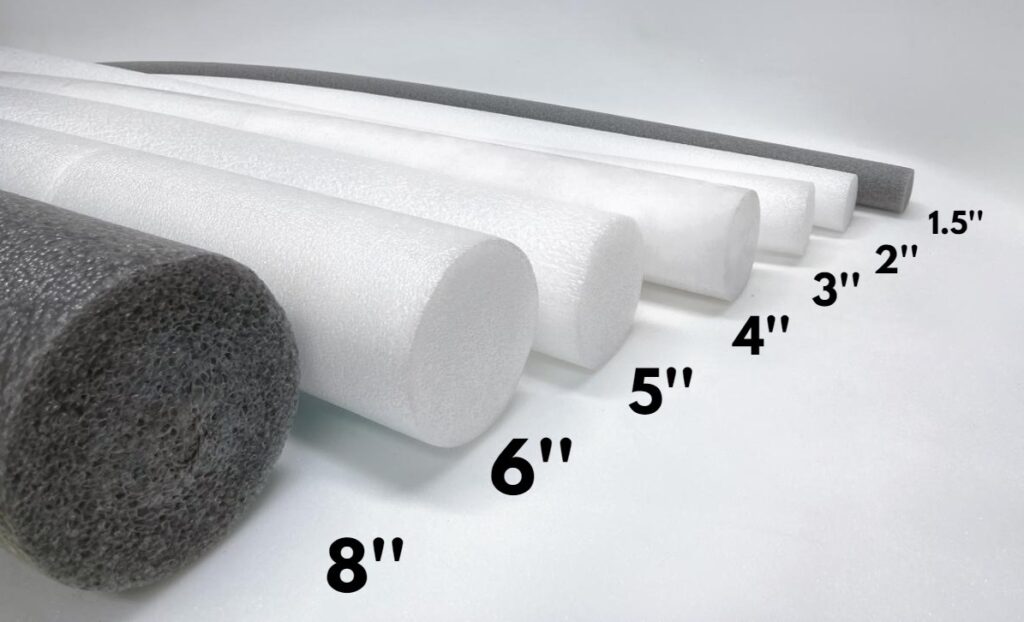Overview:
In the realm of construction, where innovation continues to shape the way we build, a seemingly unassuming material is quietly making waves-polyethylene foam rods. These cylindrical rods are introducing a revolution in construction filling, offering a range of benefits that enhance structural integrity, durability, and overall efficiency. In this article, we’ll delve into the world of polyethylene foam rods and uncover the remarkable ways they are transforming the construction landscape.
Polyethylene Foam Rods Usage in Construction Filling
1. Filling Gaps and Strengthening Structures: Polyethylene foam rods, also known as backer rods, are playing a pivotal role in construction by serving as flexible and compressible fillers. However, their significance goes beyond merely filling gaps. Think of them as silent reinforcements that provide structural support. By distributing loads and stresses evenly across surfaces, these foam rods prevent the concentration of pressure points, reducing the risk of cracks and wear in concrete joints and expansion gaps. The integration of polyethylene foam rods adds a layer of strength to the very foundation of the structure.
2. A Barrier Against the Elements: The exceptional value of polyethylene foam rods lies in their closed-cell structure, which imparts exceptional resilience against environmental factors. Moisture, chemicals, and temperature fluctuations are no match for this material. When strategically placed within joints and gaps, these foam rods create an impermeable barrier that prevents the infiltration of water, air and contaminants. This pre-emptive defence ensures the longevity of the structure by shielding it from the relentless forces of nature and the passage of time.
3. Soundproofing for Tranquil Spaces: Polyethylene foam rods are not only contributors to structural reinforcement but also agents of acoustic insulation. Their compressibility plays a vital role in establishing a buffer zone that absorbs sound vibrations, effectively reducing noise transfer between different spaces. This attribute assumes paramount significance in environments where noise reduction is imperative, such as residential complexes and commercial buildings. As these foam rods work to dampen sound, they simultaneously foster the creation of peaceful and serene environments.
4. Flexibility for Complex Configurations: The construction realm is a tapestry of diverse shapes, sizes and designs, each with its unique set of demands. Herein lies the flexibility of polyethylene foam rods. These rods possess the remarkable ability to be shaped, moulded, cut, and adapted to various joint configurations. This adaptability ensures a seamless fit, even in irregular or intricate surfaces, eliminating the need for time-consuming adjustments or bespoke solutions. By effortlessly conforming to the contours of the construction, polyethylene foam rods streamline the installation process while maximizing their efficacy.
5. Environmentally and Economically Savvy: In an era driven by sustainability, the lightweight nature of polyethylene foam rods emerges as an eco-conscious feature. This attribute not only reduces transportation costs but also curbs energy consumption during both manufacturing and transportation processes. Moreover, the durability and longevity of structures fortified with these foam rods translate into reduced maintenance needs and cost savings over the building’s lifespan. This dual impact of economic and environmental efficiency positions polyethylene foam rods as champions of responsible construction.

Applications of Polyethylene Foam Rods in Construction:
a. Reinforcing Concrete Expansion Joints: The versatility of polyethylene foam rods finds a prime application in concrete construction. By inserting these rods, builders create expansion joints that accommodate the natural expansion and contraction of concrete due to temperature changes. This preventive measure ensures the avoidance of unsightly and structurally compromising cracks, promoting the longevity of concrete structures.
b. Enhancing Window and Door Installations: The journey of polyethylene foam rods continues as they play a pivotal role in window and door installations. These foam rods are strategically positioned to create a buffer zone between the window or door frame and the adjacent structure. This airtight and watertight seal prevents the infiltration of external elements and ensures effective sound insulation, elevating the comfort and security of indoor spaces.
c. Advancing Pavement and Road Construction: The application of polyethylene foam rods extends to the domain of road and pavement construction. Expansion joints, a critical component of these surfaces, are fortified with these foam rods to prevent cracks resulting from the expansion and contraction of materials due to temperature fluctuations. By mitigating the impact of thermal stresses, these rods contribute to the durability and surface quality of roads and pavements.
d. Upholding Roofing Integrity and Preventing Leaks: These foam rods take on a crucial role in roofing applications as well. By creating a barrier against moisture infiltration, these rods enhance the integrity of roofing systems. Whether it’s the challenge of a torrential downpour or the persistent threat of leaks, polyethylene foam rods stand firm as guardians of structural soundness.

Polyethylene foam rods, despite their unassuming appearance, are making an indelible mark on the world of construction. Their lightweight, resilient, and adaptable nature positions them as unsung heroes in the building process. These foam rods play a dual role of strengthening structures and enhancing environmental sustainability. By fortifying joints, resisting external elements, and contributing to acoustic insulation, they are rewriting the rules of construction. As we strive for buildings that are not only robust but also environmentally responsible, polyethylene foam rods emerge as a beacon of innovation, propelling the industry toward a future of durability, efficiency, and responsible construction practices.


